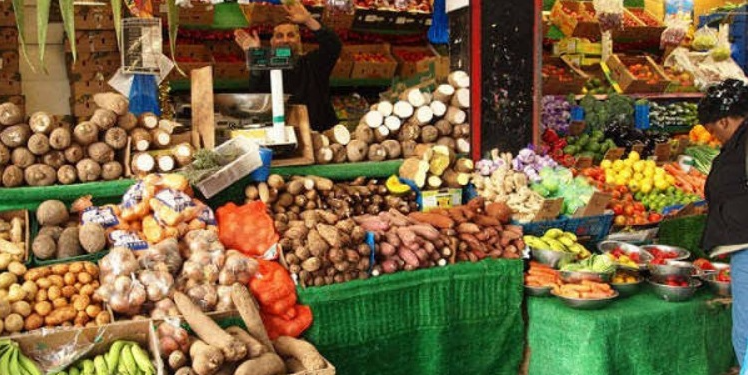Remittances: A lifeline for food security
The rising prevalence of severe food insecurity, and rising food prices underscore the continued vulnerability of developing countries to food insecurity status and highlight the need to enhance remittance impacts on food consumption,
According to the World Bank’s latest update, domestic food inflation remains high in low and middle-income countries. Food inflation rates exceed 5% in 61.9% of low-income, 76.1% of lower-middle income, and 50% of upper-middle income countries.
This has been observed across multiple household-level studies conducted in different countries. However, looking at changes to household consumption patterns, the impacts of remittances notably vary across two major dimensions. First, remittances received from international sources lead to improvements in household food security. However, the case of domestic remittances is unclear. The impacts of domestic remittances on food security are either non-existent or smaller than international remittances.
However, it is unclear whether these findings reflect the greater poverty levels experienced by households receiving domestic remittances. Second, while remittances improve consumption in the short-term, their long-term effects remain unclear. The additional income provided by remittances stabilizes food consumption in the face of unexpected and adverse shocks. This allows households to meet their immediate needs. While some studies indicate that remittances lead to both short and long-term improvements to food security, others find no long-term improvements to household food security status.
From a public health perspective, impacts of remittances on improving dietary diversity and nutritional quality are unclear. This is the area of greatest debate. Generally, remittances have led to improvements in food consumption. However, their impacts on nutritional quality and dietary diversity are unclear. While some studies observe an increase in household caloric consumption and dietary diversity because of remittance inflows, other studies do not detect any discernible effects on dietary diversity and nutritional quality.
One possible explanation is that the households use part of the remittance income to meet basic caloric requirements and beyond that, consumption shifts towards non-food items. However, others suggest that the receipt of remittances may induce the consumption of less healthy, non-traditional foods.
While their impacts on diversity and quality remain unclear, remittances are a valuable mechanism to help people get enough to eat every day. The income expansion and diversification provided by remittances are critical for ensuring continuous access to food, particularly during shocks to household incomes.
The rising prevalence of severe food insecurity, and rising food prices underscore the continued vulnerability of developing countries to food insecurity status and highlight the need to enhance remittance impacts on food consumption, such as through the reduction of money transfer costs and elimination of obstacles to remittance inflows.


